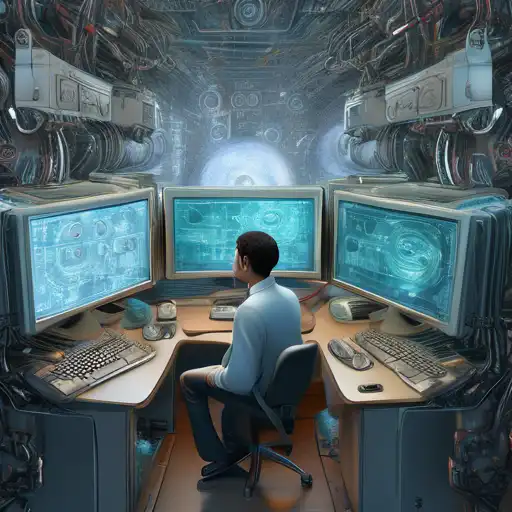Introduction to Computer Vision
Computer vision is a field of artificial intelligence that trains computers to interpret and understand the visual world. By leveraging digital images from cameras and videos and deep learning models, machines can accurately identify and classify objects—and then react to what they "see."
The Science Behind Computer Vision
At its core, computer vision involves the automatic extraction, analysis, and understanding of useful information from a single image or a sequence of images. It involves the development of a theoretical and algorithmic basis to achieve automatic visual understanding.
Key Technologies Powering Computer Vision
- Image Processing: Enhances images or extracts useful information.
- Machine Learning: Uses statistical techniques to enable machines to improve with experience.
- Deep Learning: A subset of machine learning that uses neural networks with many layers.
- Pattern Recognition: Identifies patterns and regularities in data.
Applications of Computer Vision
Computer vision has a wide range of applications across various industries. Here are a few examples:
- Healthcare: From detecting diseases in medical images to assisting in surgeries.
- Automotive: Powers self-driving cars to understand their surroundings.
- Retail: Enhances customer experience through cashier-less stores.
- Security: Improves surveillance systems with facial recognition.
Challenges in Computer Vision
Despite its advancements, computer vision faces several challenges, including the need for large datasets, high computational power, and issues with bias and privacy.
The Future of Computer Vision
As technology advances, the potential for computer vision is limitless. With the integration of AI and IoT, computer vision will continue to transform industries, making machines more intelligent and autonomous.
For more insights into how artificial intelligence is shaping the future, check out our article on AI Trends to Watch.
Conclusion
Computer vision is revolutionizing the way machines interact with the world. By teaching machines to see, we are opening up a world of possibilities that were once the realm of science fiction. As we continue to advance in this field, the line between human and machine perception will increasingly blur.
